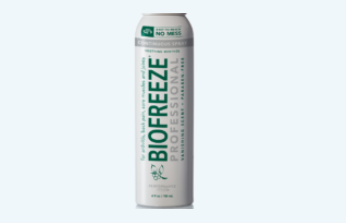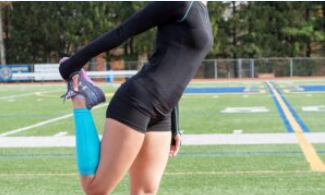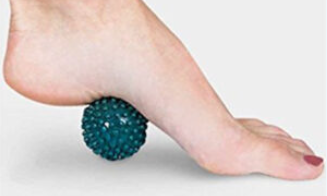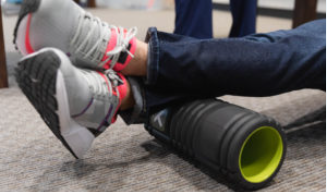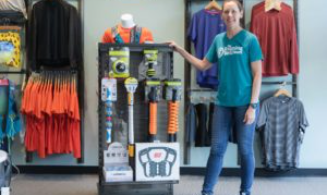BEST SHOES FOR SHIN SPLINTS IN KANSAS CITY
Shin Splints Slowing You Down?
Pay attention to your muscles to keep you on your feet.
Shins hurt? Strengthen those tibialis muscles!
Activities such as running, jumping, dancing, soccer, football (i.e. – all of the fun things), tend to strengthen and work the muscles in the back, but not the front of your legs. Your calf muscles will get big and strong, but your tibialis muscles will get stressed in the meantime.
Shin Splints, otherwise known as medial tibial stress syndrome, is the inflammation of the connective tissues as well as the muscles in your lower legs. Most lower-leg injuries can be attributed to either muscular imbalance and / or excess impact to the lower legs. The Running Well Store can help you find the best shoes (and other helpful products) to help relieve the pain from your shin splints in Kansas City.
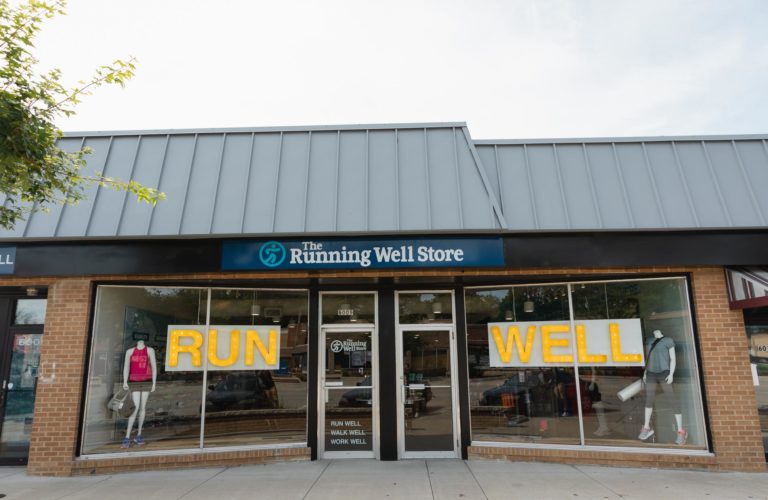
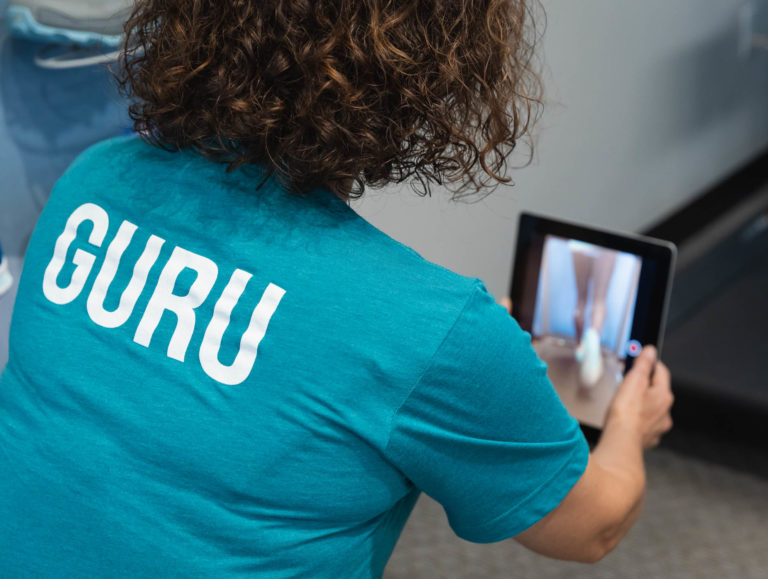
About Shin Splints
There are many causes for shin splints, but the root cause is that either those muscles around your shins are weak and your muscles are imbalanced (this is when you hear people say “too much, too soon”), or, they are caused by overstriding causing excessive impact.
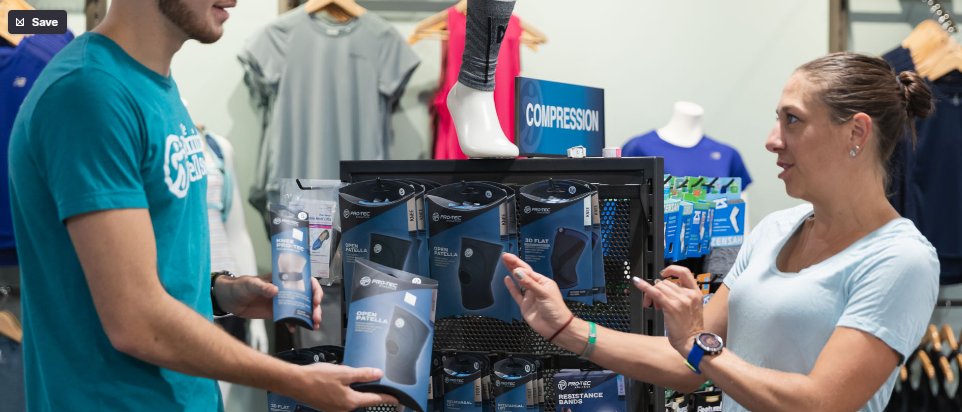
Common Causes of Shin Splints:
-
- Your shoes aren’t providing you the support or cushion that you need for your activity level
- There’s a lack stretching in your life; whether it be at warm up or cool down
- Weak ankles, hips, core muscles
- Your level of exercise has increased dramatically in recent times
- Improper progression of training
- Change in running surface
- Running in shoes that are past their lifespan
- Overstriding or heavy heal strike
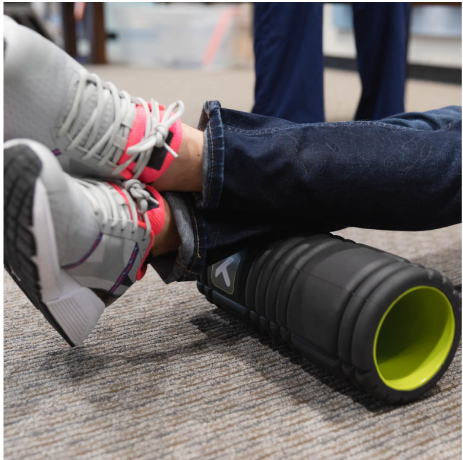
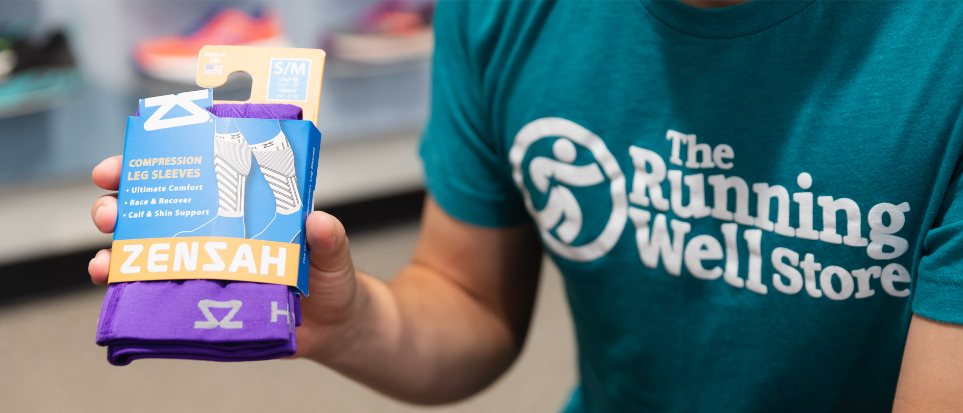
Overstriding
As we go through our gait cycle, we want to be as efficient as possible. The most common inefficiency we see is overstriding. Overstriding is when your foot lands in front of your center of gravity, or when your foot lands too far out in front of your body creating a braking action.
Overstriding happens when you run with your trunk upright and reach forward with your legs as you stride. Try leaning forward from your ankles as you run allowing your foot to strike directly underneath or even slightly behind your body. This allows your legs to swing to the rear as soon as your feet hit the ground, eliminating heel strike. Think of lifting your foot instead of swinging your foot.
Overexertion
Have you upped your running recently? Decided to train for a half marathon after completing a few 5ks? Joined your neighborhood basketball pick-up game? Shin splints are your lower legs’ way of telling you that your calf and shin muscles are developing. When you increase your activity levels it is important to make sure your muscles are staying balanced and that you are stretching.
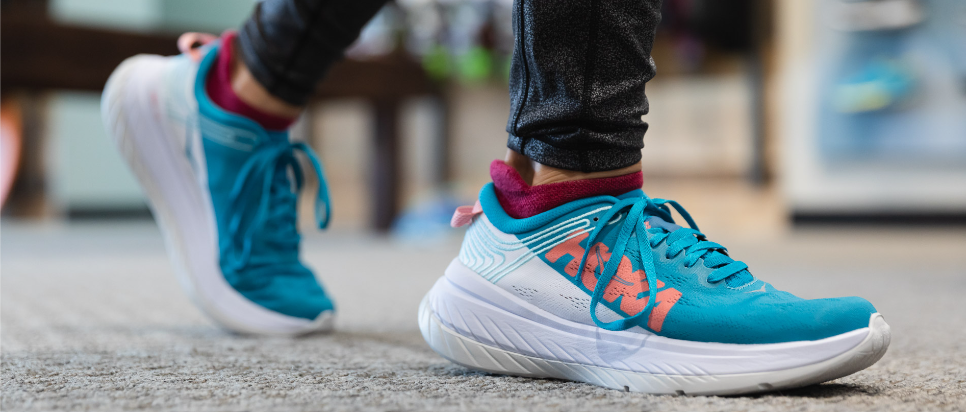
Tips for how to treat Shin Splints:
Overstriding
The following are five ways to reduce overstriding and work to improve the condition of your shin splints.
- Increase forward lean: Runners who over-stride tend to run very upright and some even lean back slightly. Leaning forward from the ankle 8 to 10 degrees, will reduce the likelihood of over-striding as well as activate the glutes for a more powerful stride.
- Increase running cadence: Over-striders typically run with a slower cadence, which increases ground contact time. Increasing your running tempo to the ideal 180 steps per minute (90 strides per minute) shortens contact time and brings initial contact under the center of gravity. Using a metronome or an app can help your cadence.
- Include uphill intervals: It is nearly impossible to over-stride while running uphill. Plus, it is great in your training!
- Finish with (limited and short) barefoot strides: Generally speaking, over-striders land on their heels. When you run barefoot, that heel strike hurts so you tend to naturally run with a midfoot strike. During your cool down or warm up phase, run three to five sets of barefoot strides of 50 to 100 meters. Pay attention to your run form during this exercise.
Overexertion
Most activities exercise the calf muscles, not the muscles in the front of the leg so the lower leg muscles become imbalanced. Many of the lower leg issues we experience are related to a lack of stretching. Whether stretching is before or after your chosen activity, it’s imperative that you provide your extremities with proper care.
The pain you feel, the shin splint, is caused by the muscles in both the anterior and posterior tibial areas. It can hurt in front of your shin bone as well as to the inside of (and slightly behind) your shin bone. The cheapest way to address this is to stretch your calf and allow it time to heal. Take a few days off from your activity and actively participate in the following: RICE baby – Rest, Ice, Compression, Elevation.
The Running Well Store specializes in getting you in the right gear to keep you Running and Walking Well. When you come into the store we will talk about your training, what you have tried to do to help alleviate your shin splints and provide some suggested tools and recommended shoes to overcome your shin splint pain based on your specific goals.
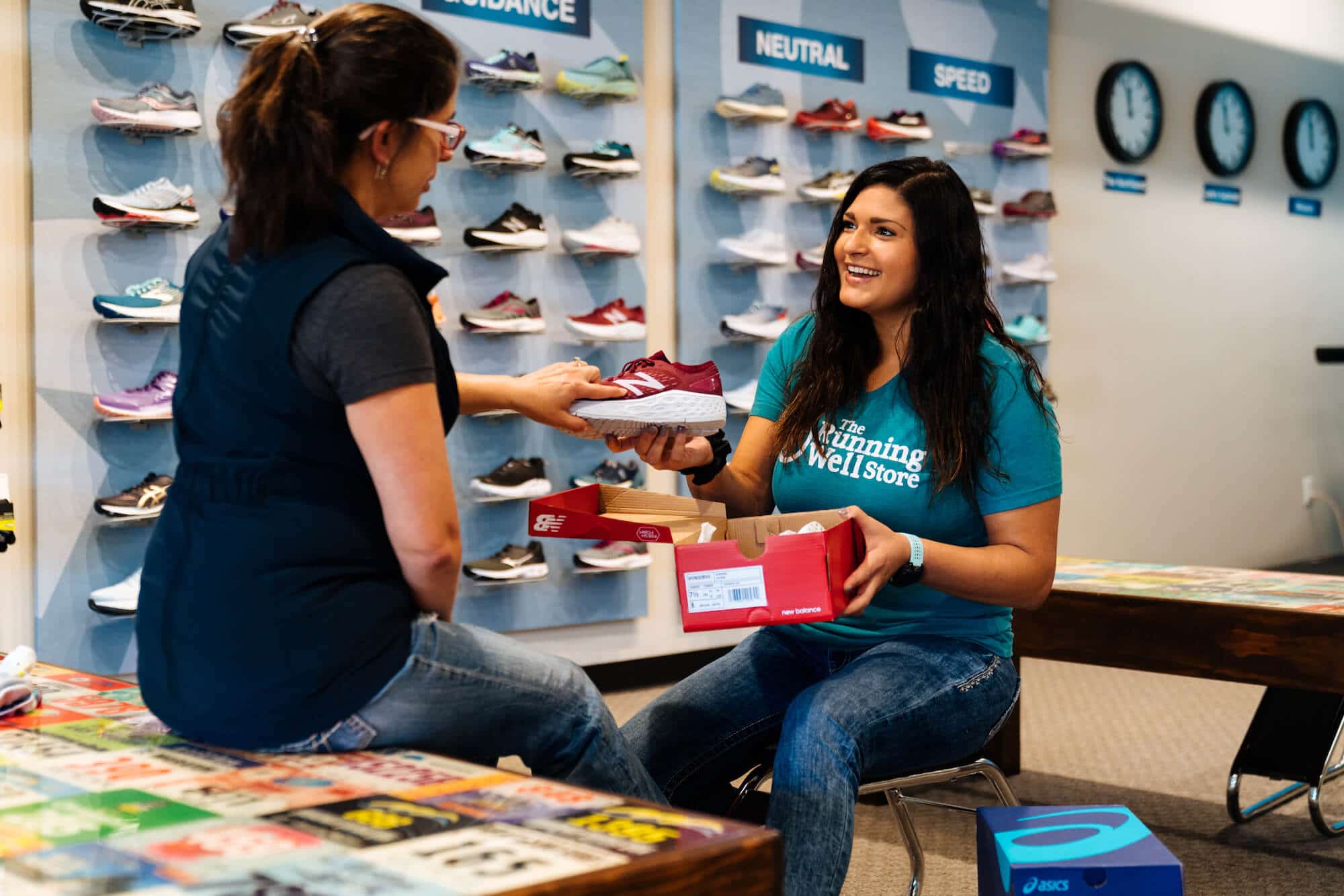
Not sure where to start?
The road to recovery is best run cautiously and patiently.
If you live in Kansas City, have shin splints and are seeking premium products to help find relief from your pain, The Running Well Store can help. Schedule a fitting online or simply give your nearest location a call and we’ll provide personalized recommendations to get you back to your fitness goals.



